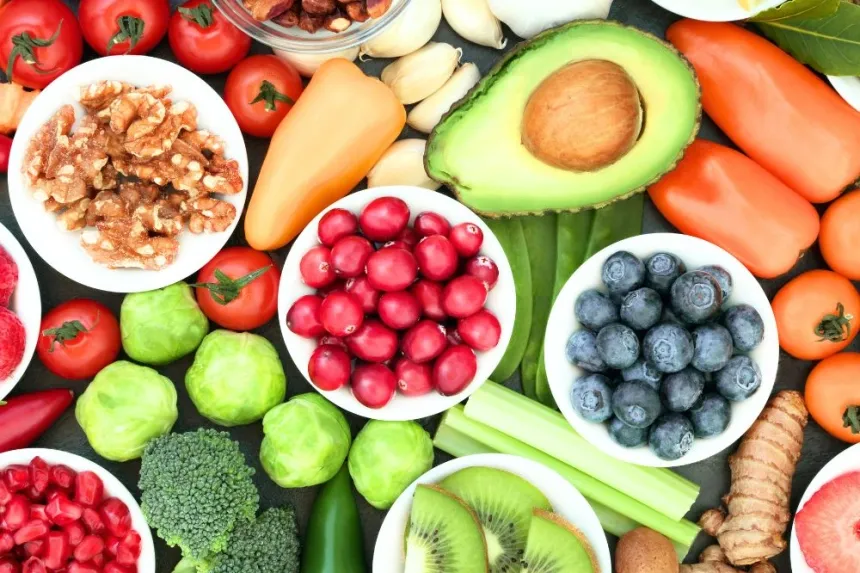Common food intolerances and how to easily identify them.

Food intolerances are adverse reactions to certain foods that can affect people's quality of life. They are often confused with allergies, but they have different origins and symptoms. In this article, we will explore some of the most common food intolerances and how to identify them easily.
What are food intolerances?
Food intolerances are conditions in which the digestive system cannot properly process certain foods, leading to uncomfortable symptoms. Unlike allergies, which involve an immune response, intolerances generally relate to the body's inability to digest or absorb certain components of foods.
Most common food intolerances
Lactose intolerance
Lactose intolerance is one of the most common. It occurs when the body does not produce enough lactase, the enzyme that breaks down lactose, the sugar found in milk and its derivatives. Symptoms typically appear within a few hours of consuming dairy products and include:
- Bloating
- Diarrhea
- Gas
- Abdominal pain
Gluten intolerance
Gluten intolerance, also known as non-celiac gluten sensitivity, affects a growing number of people. Gluten is a protein found in grains like wheat, barley, and rye. Symptoms can vary and may include:
- Fatigue
- Headaches
- Abdominal pain
- Mood swings
FODMAP intolerance
FODMAPs are a group of short-chain carbohydrates that some people have difficulty digesting. They can cause symptoms similar to those of other intolerances, such as:
- Bloating
- Gas
- Constipation or diarrhea
Foods high in FODMAPs include certain fruits, legumes, dairy products, and some sweeteners.
Sulfite intolerance
Sulfites are preservatives used in many foods and beverages, especially in wines and dehydrated products. Some people develop an intolerance to these compounds, which can cause:
- Headaches
- Rash
- Breathing difficulties
How to identify food intolerances
Identifying a food intolerance can be tricky, as symptoms can be confused with other conditions. Here are some steps that may help:
Keep a food diary
Writing down what you eat and any symptoms you experience can be useful in determining if there is a relationship between certain foods and your discomfort. This can help identify patterns.
Elimination testing
A common technique is to eliminate certain foods from your diet for a period and then reintroduce them one at a time. This can help highlight which food is causing the symptoms.
Consult a professional
A doctor or nutritionist can help you identify and manage your food intolerances. They may perform specific tests to confirm if you have an intolerance to certain foods.
Conclusions
Food intolerances are conditions that affect many people and can cause significant discomfort. Recognizing the symptoms and consulting with a professional can help you lead a healthier and more comfortable life.
I invite you to keep reading more health and wellness news on my blog, where you will find useful and updated information. See you next time!











































